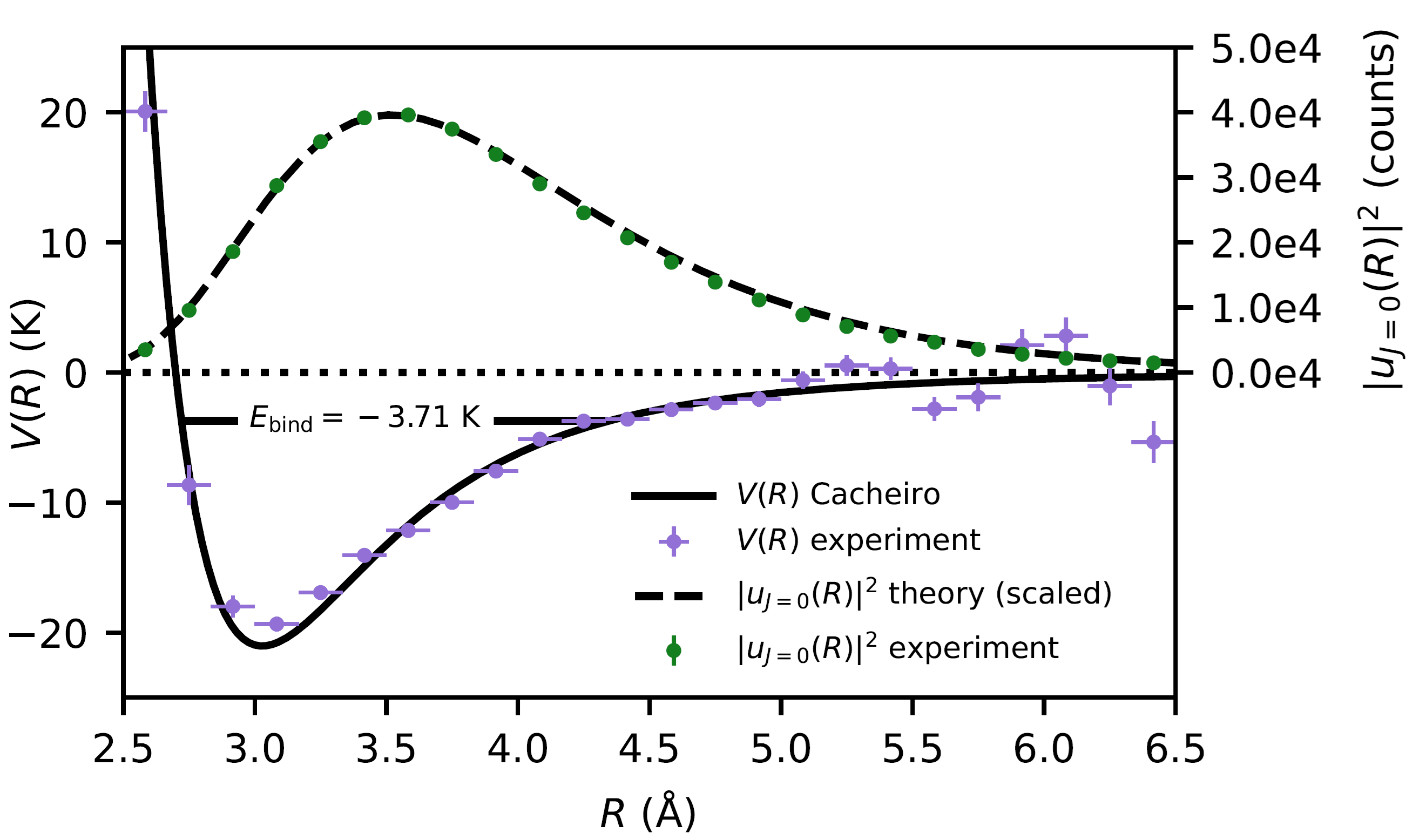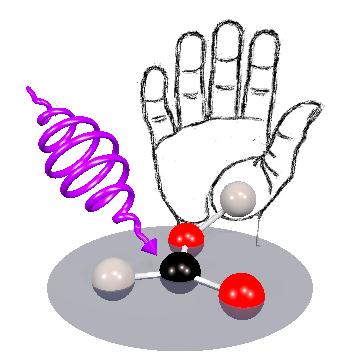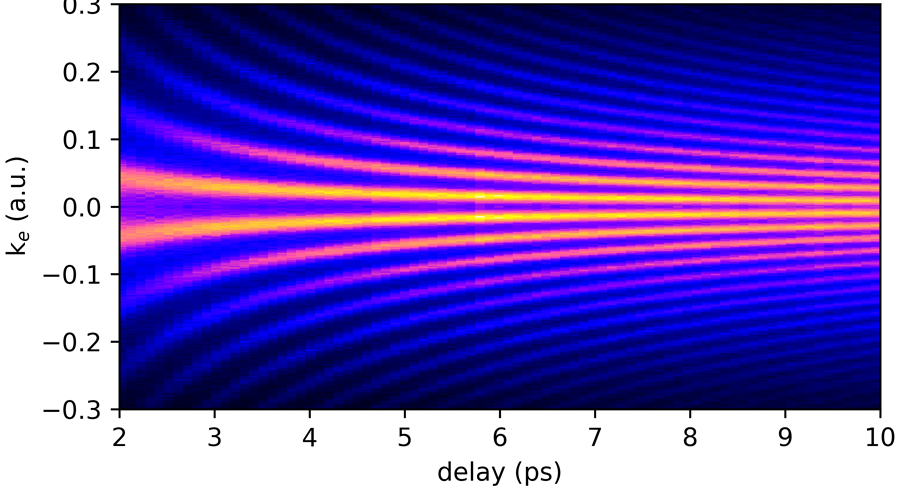Welcome to the group page of
Prof. Dr.
Reinhard Dörner
Goethe‑Universität Frankfurt am Main, Germany
Prof. Dr.
Sebastian Eckart
Goethe‑Universität Frankfurt am Main, Germany
Prof. Dr.
Till Jahnke
Otto Stern-Professor
Max‑Planck‑Institut für Kernphysik Heidelberg, Germany
PD Dr.
Robert Grisenti
Goethe‑Universität Frankfurt am Main, Germany
Prof. Dr. Dr. h.c.
Horst Schmidt‑Böcking
Stefan Lyson-Professor
Goethe‑Universität Frankfurt am Main, Germany
recent research highlights






